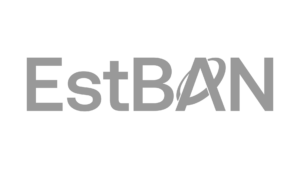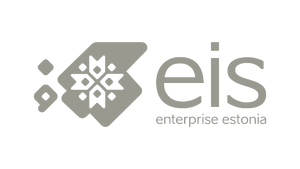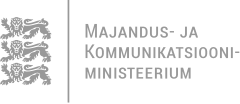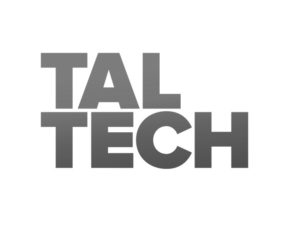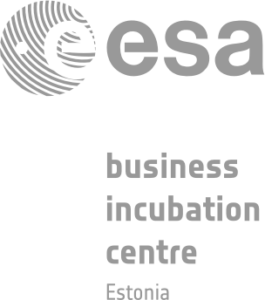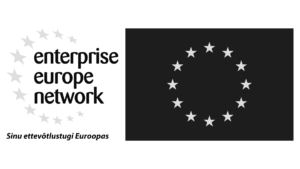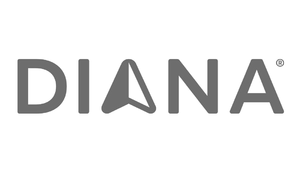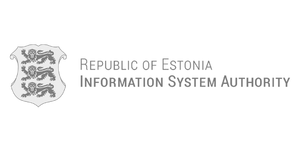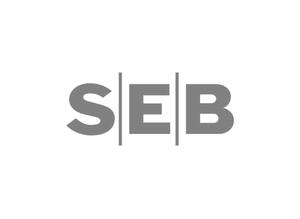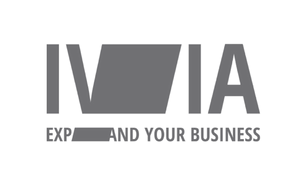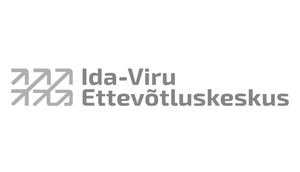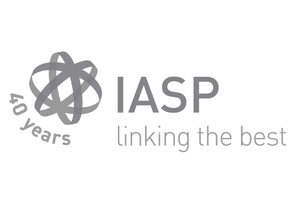01.06.2016
Nortal: Health information systems should be based on data rather than documents
Taavi Einaste, Director of eHealth at the international software development and business consulting company Nortal, said that the new electronic health record system being implemented in Lithuania is based on data, allowing flexible exchange of complex data, but still capable of generating documents on demand.
“Our goal is to build a seamless society,” Taavi Einaste summarized the main direction of Estonia’s largest IT and business consulting enterprise Nortal. This is being done in many different areas, in both the public and private sectors. To name just a few examples: public finance, taxation, the information management systems of different state institutions and private sector clients such as banks, telecommunications companies and insurance firms.
Health IT also holds an important place, constituting about a tenth of the enterprise’s activities. Nortal is well-known in the healthcare sector for creating the hospital information system at Tartu University Hospital (one of two Estonian regional hospitals). This is Estonia’s first web-based hospital information system, which was considered to be a radical innovation at the beginning of the project in 2003.
“There were a lot of sceptics, but our team has managed very well,” said Einaste, adding that hospital information systems are considered as the most comprehensive information systems in the world. “Almost all the aspects of a hospital`s operation are managed by this software.”
The hospital information system is the doctor’s greatest source of assistance from the moment the patient arrives at the hospital until his departure, but it is also a taskmaster. On the one hand, it provides background information about patients. On the other, the doctor or nurse must invest time in the documentation of the treatment process. The system provides a basis for billing, and using the patient’s health data establishes a basis for the next visits.
A hospital information system helps to ensure quality
“The role of software is becoming more and more crucial in medicine, enabling different parties to communicate during the course of the treatment process – for example, the doctor can order a laboratory test and later receive the results, or a nurse who looks after a patient at night can enter notes to the information system, and the data is available for the doctor the next day.” explained Einaste. Such
a system plays an important role in quality assurance. Doctors have no choice but
to enter certain data, otherwise the software will not allow them to proceed in their work.
“While this means doctors are now spending more time at a computer, it has also brought comparability, structure, and quality to the treatment process,” said Einaste. “One of the future challenges of medical software is the question of how to simplify the data entry and how to categorise the existing information for providing (semi-)automatic decision support for the doctor.
As of today, in addition to the two Estonian hospitals, 25 Lithuanian healthcare institutions have selected products developed on the basis of this first version. “The new system is 10-15 years ahead of Estonia’s,” stated Einaste. The development of health IT is founded on two pillars. One of them is the need for billing – the idea of the first health information systems was to keep a record of several activities in order to issue an invoice later. The other pillar is the need for documentation. Since a paper-based hospital operates on the basis of forms and documents, the first solution involved the copying of forms to the computer. Estonian electronic health record system is, in fact, document-based.
“In case of the Lithuanian system, there is also the matter of documentation, but we send data into the document and this makes the whole system significantly more flexible,” said Einaste. There may arise a possibility for uploading health information that is collected on patient`s smart phone, for example.
In addition, Einaste pointed out the Finnish enterprise Labquality, which has chosen Nortal to develop its IT solutions. Labquality provides a quality control service to almost all Finnish and most Estonian and Swedish medical laboratories.
“The fact that we could convince them to choose Nortal, and we were successful in developing the system, is for us a huge step forward in the world of health IT solution providers,” said Einaste.
Not simply an IT enterprise
What sets Nortal apart from its competitors is the fact that large technology enterprises often sell their products, following a pattern of asking for a large sum of money at the time of the sale and again later when providing service support.
“We are offering our clients a solution which is significantly more open,” said Einaste. This means that the buyer, if desired, may further develop the software himself and does not have to depend on Nortal. As provided by many of the contracts Nortal has entered into, Nortal has an obligation to provide service support to the client, but the client is free to pay a different enterprise for service support.
“We have seen that this is essential to clients, as they do not want to be forcibly bound to one enterprise,” stated Einaste. In case of such contracts, none of our clients has abandoned the enterprise.
Instead of IT companies, Nortal has started to compare itself to business consulting enterprises.
“A lot of our solutions are no longer merely IT projects. We are helping our clients to figure out what they are doing and what they would like to do differently – we are solving the client’s problem,” said Einaste.
Nortal is focused on providing solutions that have a meaningful impact – this means that we are interested in not only developing software but in helping the client to maximize the impact of the change being made.
“In the process, we are not only creating software, but we begin by discussing the current action of our clients, their future plans in five or then years from now, analyzing the challenges our clients have to face with, and how their goals can best be achieved,” explained Einaste. “Our main goal is to be not simply an IT enterprise but an enterprise with functional, high-impact solutions which consist of much more than just IT components.”


